About Author :
Burkhard Berger is the founder of Novum™. He helps innovative B2B companies implement revenue-driven SEO strategies to scale their organic traffic to 1,000,000+ visitors per month. Curious about what your true traffic potential is?
If you’re running an online business, you know how important it is to have a website that converts visitors into customers. But, with so many other businesses competing for attention online, it can be a challenge to stand out. That’s why it’s crucial to stay up-to-date with the latest trends and have a solid web design and SEO strategy in place.
In this article, we’ll explore how to maximise your web conversions by improving your web design and SEO performance. You will discover the latest trends and techniques that can help your website rank higher in search engines and attract more organic traffic.
By the end, you will know how to create an SEO-friendly website that looks great and
generates leads and conversions.
So, let’s get started.
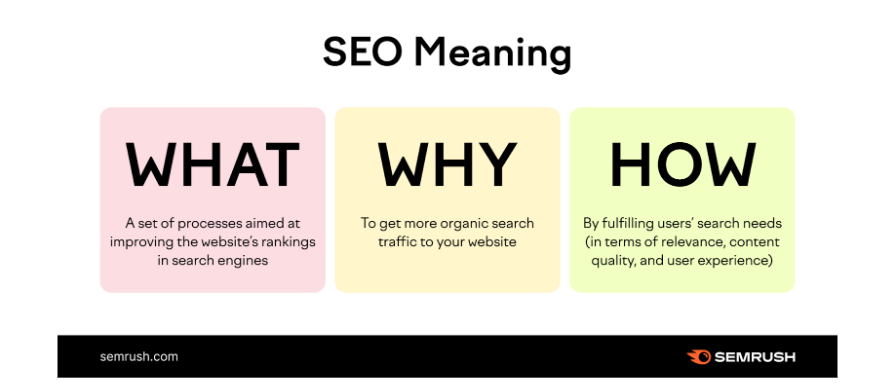
SEO web design is the process of designing and developing a website with search engine optimisation in mind. This means optimising the design, content, and structure of the website so that search engines like Google can easily crawl and index it.
The main idea is to boost your website's ranking in search engine results pages (SERPs), so you can attract more traffic and customers.
SEO web design
also takes user experience (UX) into account. That means creating a website that is easy to navigate and provides a great experience for visitors. This involves clear calls-to-action, image search, and fast page loading times.
Now that you understand what an SEO-friendly site is, let's delve deeper into what it can do for your online business.
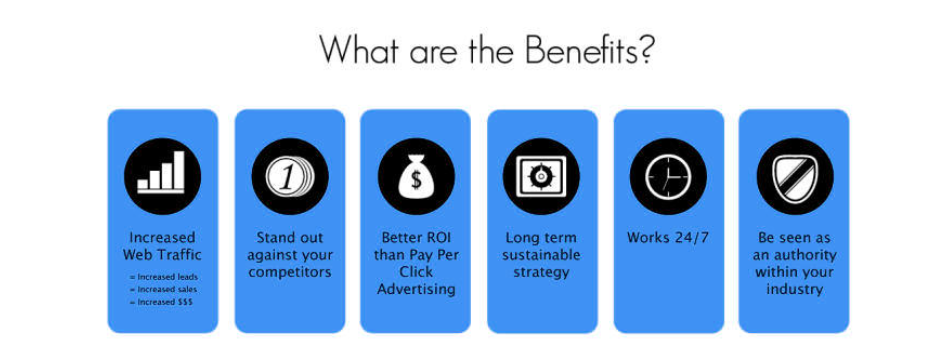
SEO is a key factor to consider when designing your website. It has a huge impact on the success of your site and, ultimately, your bottom line. Think about it - if you’re not showing up in search engine results, it will be pretty tough for people to find your business.
On the other hand, even if you do show up, if your website isn't search engine friendly, users may quickly lose interest and move on to another site. To add to the list, here are 4 more reasons why you should consider implementing SEO web design practices:
Remember that when you design your website with SEO in mind, it’s not just for search engines. You will also optimise for the user experience. If your website has a cluttered structure or takes too long to load, it will frustrate your visitors and result in a poor user experience.
On the other hand, a
well-designed website (that is easy to navigate and has a clear structure) will ultimately allow users to engage more with your content, leading to longer site visits and a smooth customer journey.
Instead of just attracting any old traffic to your site, SEO web design allows you to attract visitors who are more likely to convert into paying customers. These people are actively searching for the products or services you offer and are more likely to be interested in what you offer.
When you attract the
right kind of traffic, you’ll get higher conversion rates and increased revenue for your business. These are the people who are most likely to make a purchase or engage with your content.
Organic search is a cost-effective way to attract high-quality traffic to your site. Instead of spending tons of money on expensive advertisements, simple optimisation will help you attract targeted traffic to your site. This will help you reach more people and generate leads without breaking the bank.
It’s no secret that the online market is packed, so having a well-designed and optimised site will give you an edge over the competition. By providing a better user experience and ranking higher in search results, you can stand out from the crowd and attract more visitors to your site.
Now that we've uncovered the crucial role of SEO web design` let’s explore how you can boost your website’s discovery via search engines.
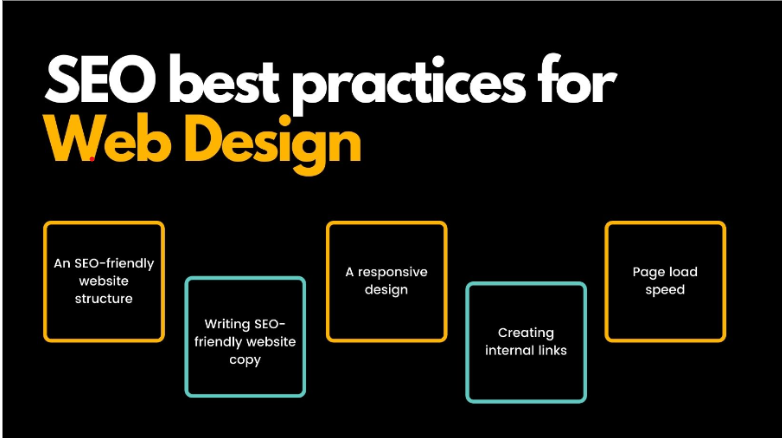
Achieving a top spot in search engine result pages (SERPs) is no easy feat. It requires a combination of a well-designed website and effective SEO strategies. Fortunately, we have compiled a list of the 7 key elements you should know to maximise your web design with SEO.

With the rapid growth of mobile usage, incorporate a mobile-friendly design into your site. Otherwise, you could miss out on potential mobile traffic and customers.
Having a mobile-optimised website will significantly improve the mobile experience of your website visitors. Imagine opening a website on your phone and finding it difficult to read or navigate because the text and images are too small or too big for your screen.
It can be frustrating, right? Well, your website visitors are no different. A responsive design automatically adjusts its content to fit the screen size of the user's device, making it easy to read and navigate.
Mobile optimisation
is also an
essential ranking factor
because search engines like Google prioritise mobile-friendly websites in their search rankings. In other words, if your website is not optimised for the mobile version, it’s less likely to appear at the top of search engine results pages. This means that potential customers may not even find your website in the first place, making it harder to generate leads and sales.
Navigating through a poor site can feel like trying to find your way through a maze blindfolded. It’s frustrating, time-consuming, and can quickly drive visitors away from your site. That’s why user-friendly navigation is crucial in good SEO web design.
So, what exactly does "user-friendly navigation" mean? Essentially, it means that users can easily find what they're looking for on your website. This includes
having a clear menu structure, using descriptive labels for menu items, and providing internal links
that help users navigate between pages.
An excellent example of a website with good navigation is Suburban-K9, which specializes in at-home dog training services.

For one, they have a clear and organized menu. The menu is highly visible and has clear headings, such as “Training programs,” “Locations,” and “Join our team.” Each of these headings is relevant to the website's content and is easy to understand, making it easy for dog owners to find what they’re looking for.
Plus, the website’s layout is designed to be visually pleasing and easy to navigate. Each training program has a page outlining the training curriculum and duration. There is also a blog section that provides useful
tips and resources for dog owners.
Overall, the website contributes to a positive experience for potential customers, helping dog owners find the right training program for their furry friends and feel confident in their choice. So, how can you create a user-friendly navigation system for your website? Here are a few ways:
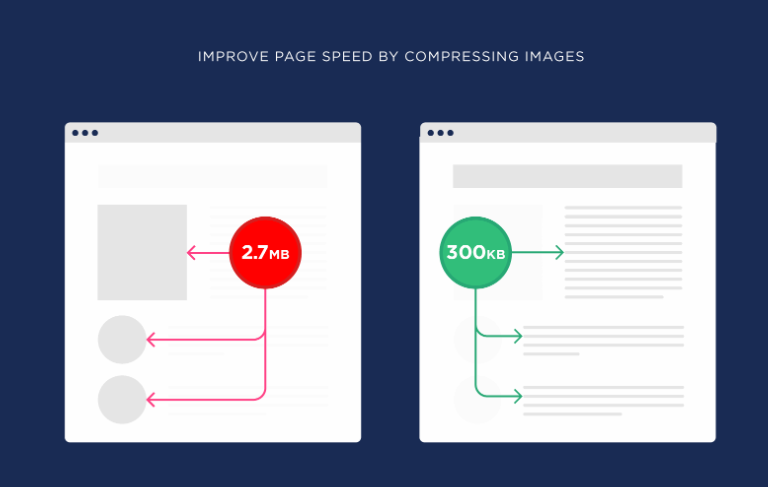
It's no secret that people today have short attention spans and expect websites to load quickly. Studies show that if a website takes longer than three seconds to load, visitors are likely to abandon it and move on to another site. This means that if your website takes too long to load, you could be losing potential customers and hurting your search engine rankings.
Search engines like
Google prioritise sites that load quickly and penalize those that take too long to load. This means that if your site is slow, it will be harder for people to find it when they search for relevant keywords.
A fast loading speed is also essential for providing a good user experience. People expect websites to load quickly and smoothly, and if your site takes too long to load, they are likely to become frustrated and leave.
So, how can you ensure that your website loads quickly?
First,
you should optimise your images and other media files. Large images and videos can slow down your site significantly, so compress them as much as possible without sacrificing quality. You can leverage video hosting sites like Youtube to improve your website’s speed and reduce the strain on your server, these platforms are designed to handle video hosting and streaming.
Another important factor is your web hosting. If you use a shared hosting plan or a low-quality hosting provider, your site will be slow due to limited resources.
Upgrading to a better hosting plan or provider can significantly improve your load times.
In today's digital age, users are bombarded with an endless stream of information and content every day. As a result, it's becoming increasingly difficult to capture their attention and keep them engaged. This is where the visual aspect of SEO web design comes in.
Visual appeal refers to the overall aesthetic quality of your website. It includes everything from the colors and fonts you use to the layout and design of your pages. When done well, visual appeal can make your website stand out from the competition and create a memorable user experience.
For example, a well-designed eCommerce website that incorporates visually appealing product images and videos like the one shown below can increase the perceived value of its products and create a more immersive shopping experience for the user.
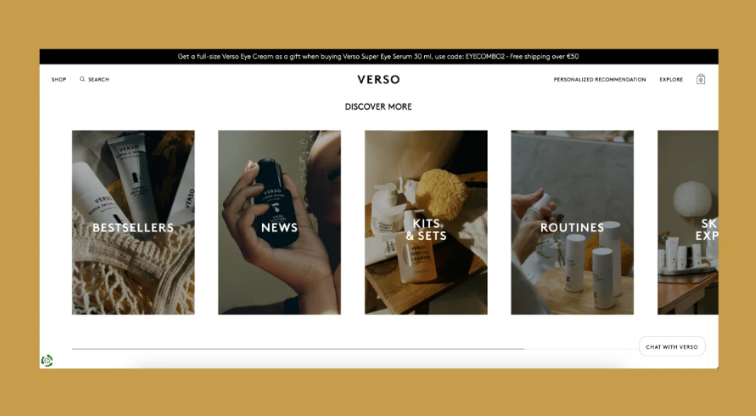
The addition of these eCommerce web design services helps to create a website that not only enhances the visual appeal of your website but also improves its functionality, ultimately contributing to your online success.
Visual appeal can impact your bounce rate. Bounce rate
refers to the percentage of users leaving your website after viewing only one page. If your website is poorly designed or unappealing, users are more likely to leave quickly, resulting in a high bounce rate. This, in turn, can negatively impact your search engine rankings.
Remember to prioritise your website’s visual outlook, as it can directly impact your search engine rankings and traffic. A visually pleasing website (that is professional looking and optimised for search results) will ultimately help you establish trust and credibility with your audience.
Social media integration is a crucial element in good SEO web design, and it's not just about adding social media icons to your website. It's about creating a seamless integration between your website and your social media channels, allowing your audience to engage with your brand across multiple platforms.
Google and other search engines consider social signals when ranking websites, so having a strong social media presence will help boost your website's SEO.
By integrating your social media channels into your website, visitors can easily find and follow your social media profiles, leading to more followers, likes, and shares.

It's also about creating a more engaging experience for your audience. By integrating social media feeds into your website, you can showcase your latest social media posts and encourage visitors to engage with your brand on social media. This can help to build a stronger relationship with your audience and increase brand loyalty.
When it comes to good SEO web design, one of the most crucial factors is analytics and tracking. Essentially, this means implementing tools and strategies that allow you to monitor how users interact with your website so that you can make informed decisions about how to improve it.
Use tools like Google Analytics for more advanced options like heat maps and user behavior tracking. Regardless of which tools you choose, the key is to gather as much data as possible about how users interact with your website to identify areas for improvement.
For example, let's say you notice that many users leave your website after only visiting one page. This could indicate that your website is not engaging enough or not providing the information users seek. By tracking this data, you can make changes to your website that address these issues and keep users on your site for longer.
Here’s an example of how data is presented:
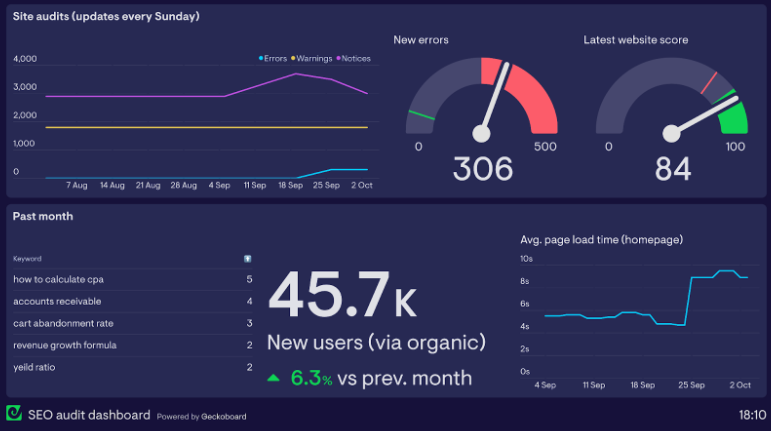
Another important aspect is understanding where your website traffic is coming from. For instance, let's say you are an orthopedic surgeon looking to attract new patients to your practice. You can use social media analytics to monitor which social media platforms drive the most traffic to your site.
If you find that your
orthopedic surgeon email list is generating the most traffic, you can adjust your marketing efforts and focus more on email marketing. Alternatively, if you find that Facebook is driving the most traffic to your site, you can focus on creating more engaging Facebook posts to attract potential patients to your site.
Either way, by using
data analytics solutions, you can gain valuable information about your website’s performance and make informed decisions on how to improve it.
A website's design and SEO strategies can significantly impact its conversion rate. By implementing a responsive website design and effective SEO techniques in your design process, you can improve your position on search engines and attract more visitors.
To be more successful, prioritise website speed and security in your design strategy, as slow load speed or security concerns can drive potential customers away. Additionally, regular testing and optimisation can help you stay ahead of the competition and adapt to changing trends and technologies.
Are you looking to grow your business? At DSIGNS, a leading
web design agency in Sydney, we can help you achieve your business goals with our unique branding, custom web design, and data-driven digital marketing strategies. With the help of our expert team, you create a website that not only looks great but also drives conversions and engages your target audience.
Don't settle for just any website. Let us help you take your online presence to the next level and grow your business. Contact us today to learn more about our services and how we can help you succeed.

About Author :
Burkhard Berger is the founder of Novum™. He helps innovative B2B companies implement revenue-driven SEO strategies to scale their organic traffic to 1,000,000+ visitors per month. Curious about what your true traffic potential is?
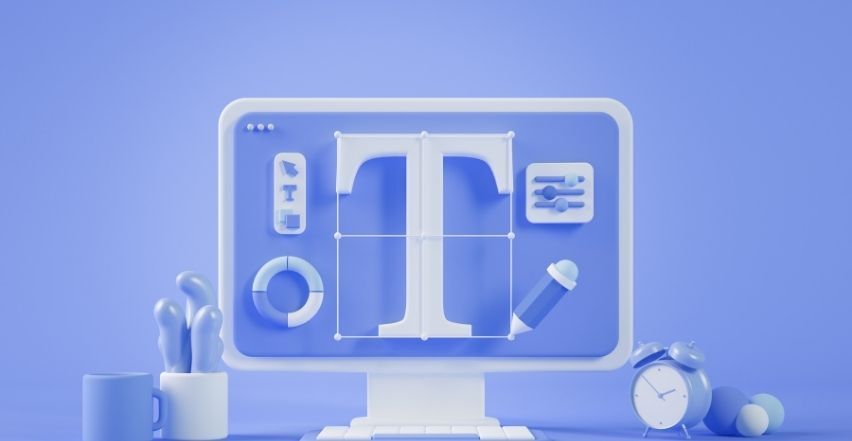
Thank you. Someone from the office will be in touch with you.
All Rights Reserved | DSIGNS AUSTRALIA